Natural Control of Flowering Plants’ Insect Pests

Your flowers need your utmost tender loving care in order to give you the beautiful flowers you desired. In this scenario, by looking at their conditions in the garden, you can check if they are free from any insect damage.
How will you know if they are secure and safe? By closely monitoring them everyday, you can be updated what particular pest attacks your plants.
As a home gardener, you should always be on the lookout for possible solutions to your home garden’s health problems. Make this your priority in order to succeed in your flower gardening business.
Planting the same type of flowering plants in your garden should be avoided because they carry the same pests attackers. You’ll entail great loss if your flowers will be infected.
One way to minimize the attack of pests and diseases is to practice multiple cropping system. This means, planting different crops of different types.
This has been proven effective and also improves the soil condition, while lessens your pesticide costs.
Another methods, and this is also very effective, is to include in your garden some insect repellent crops. If you’ll include these plant repellents in your multiple cropping system, you’ll double your gain against your production cost. They helps control destructive insect pests. They have a natural smell that wards off insect pests.
Some examples of plant repellents…
* Lemon grass. Plant them along the sides of the fence or as border plants.
* Marigold. Good as border plants. Plant them in between rows or plots.
* Neem tree. Plant them around your garden. They also serves as wind break.
* Cosmos. Plant them as border plants in between other flowers.
There are lots of these plant repellents in your country. Visit your local agriculture extension office in your area, and seek some advice for more information about some insecticides.
Other natural control for common insect pests…
* Chewing insect pests (hard or soft-bodied). Mash 10 gloves of garlic or a medium size onion. Mix with 2 quarts/liter of water. Let sit for a while. Strain to remove impurities. Immediately spray without diluting the solution. To make it more stronger especially for hard-bodied insects, add 30 pieces cayenne/hot pepper. This is effective against nematodes.
Caution: Hot pepper is irritating to the eyes. Use protective eye cover when using them.
* Sucking insect pests (hard or soft bodied). Melt ½ bar bath soap (not detergent soap) in 8 quarts or 1 liter water. When totally dissolved, immediately spray directly to the insect pests. For hard-bodied, add 2 teaspoon salt and about 30 pieces cayenne/hot pepper.
* Aphids and red ants. I personally used this mixture, and its proven effective. Soak 1-2 dried tobacco leaves overnight in 1 liter of water. Strain and mix 2 teaspoons powder soap (any powder soap is ok). Spray directly into the ants or aphids. This mixture can also be used for hard-bodied insect pests with the additional mixture of 20-30 pieces powdered hot pepper.
Follow the same precautionary measures for chewing insects when using hot pepper to protect eyes.
By using the natural control, you’re protecting our environment reduce chemical pollution and poisoning which is the major cause of human and animal illness worldwide.
If you can control it, avoid using chemical insecticides at all cost if you can go on the natural way of controlling pests.
The Author:
Cris Ramasasa, Freelance writer, writes about home gardening and Internet marketing tips.


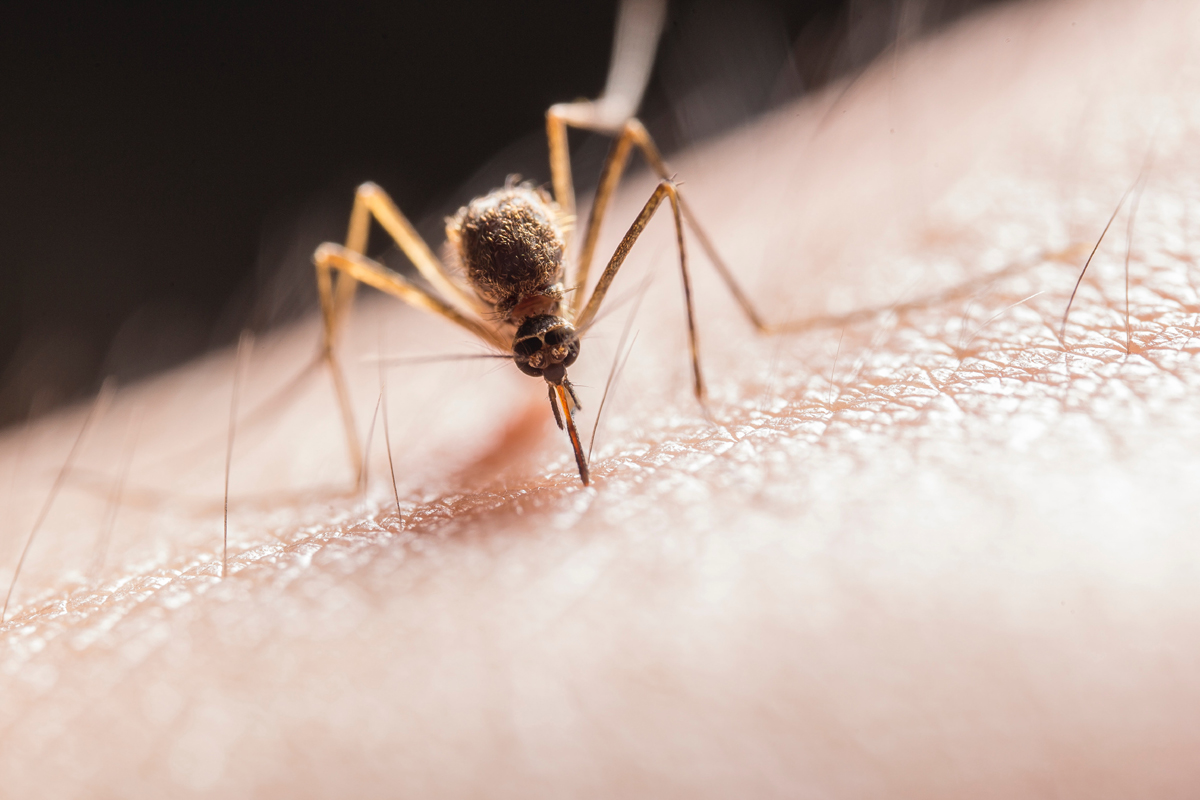
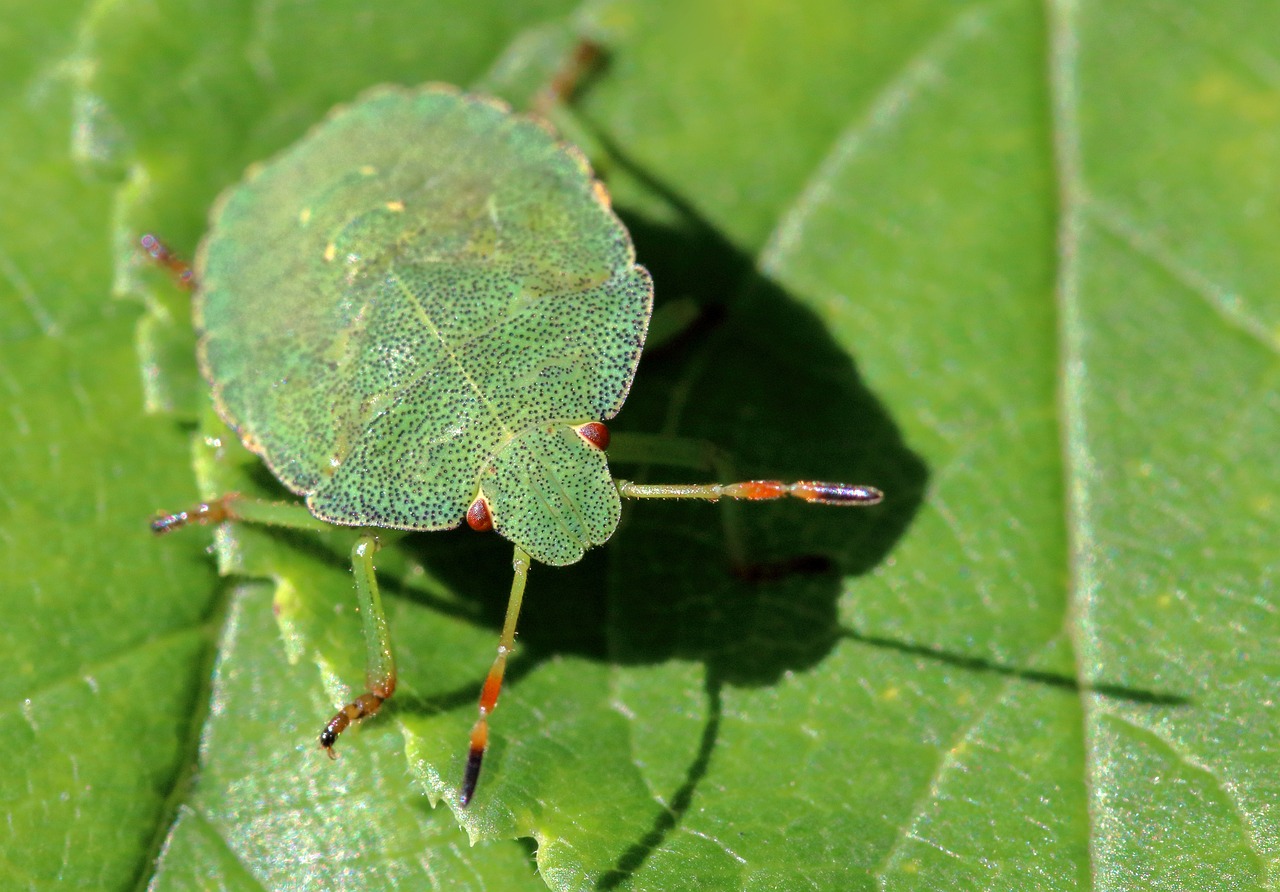

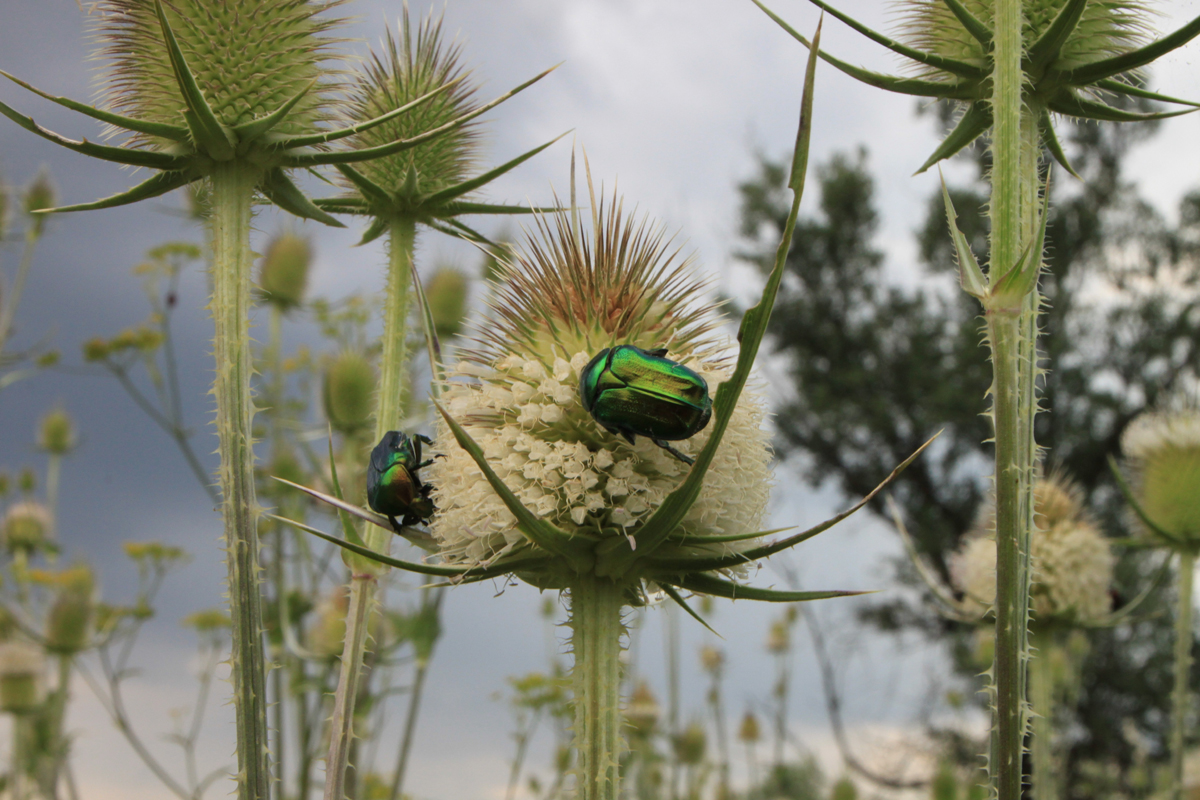
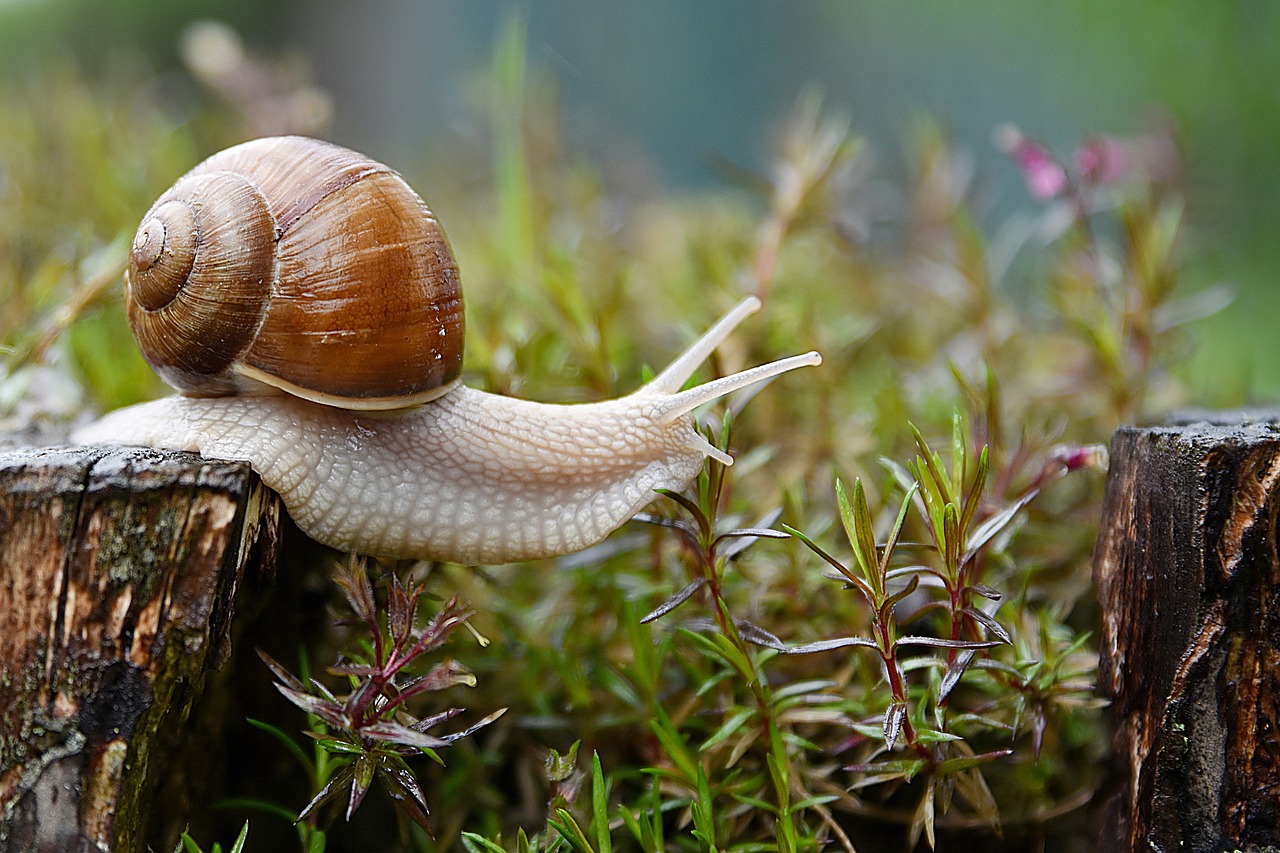
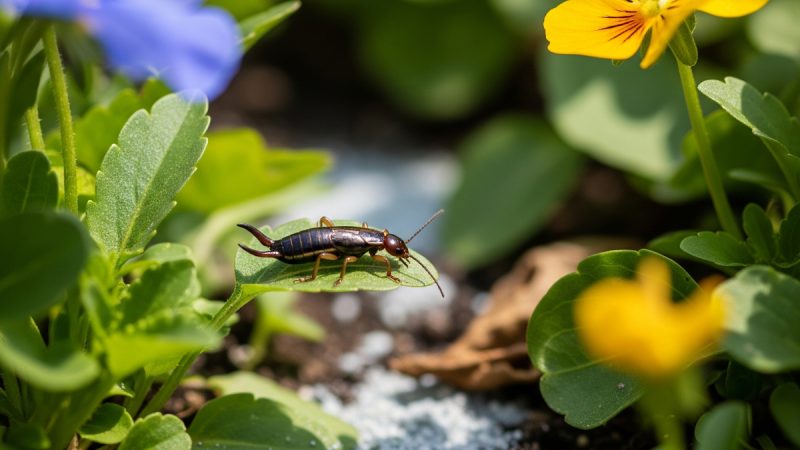
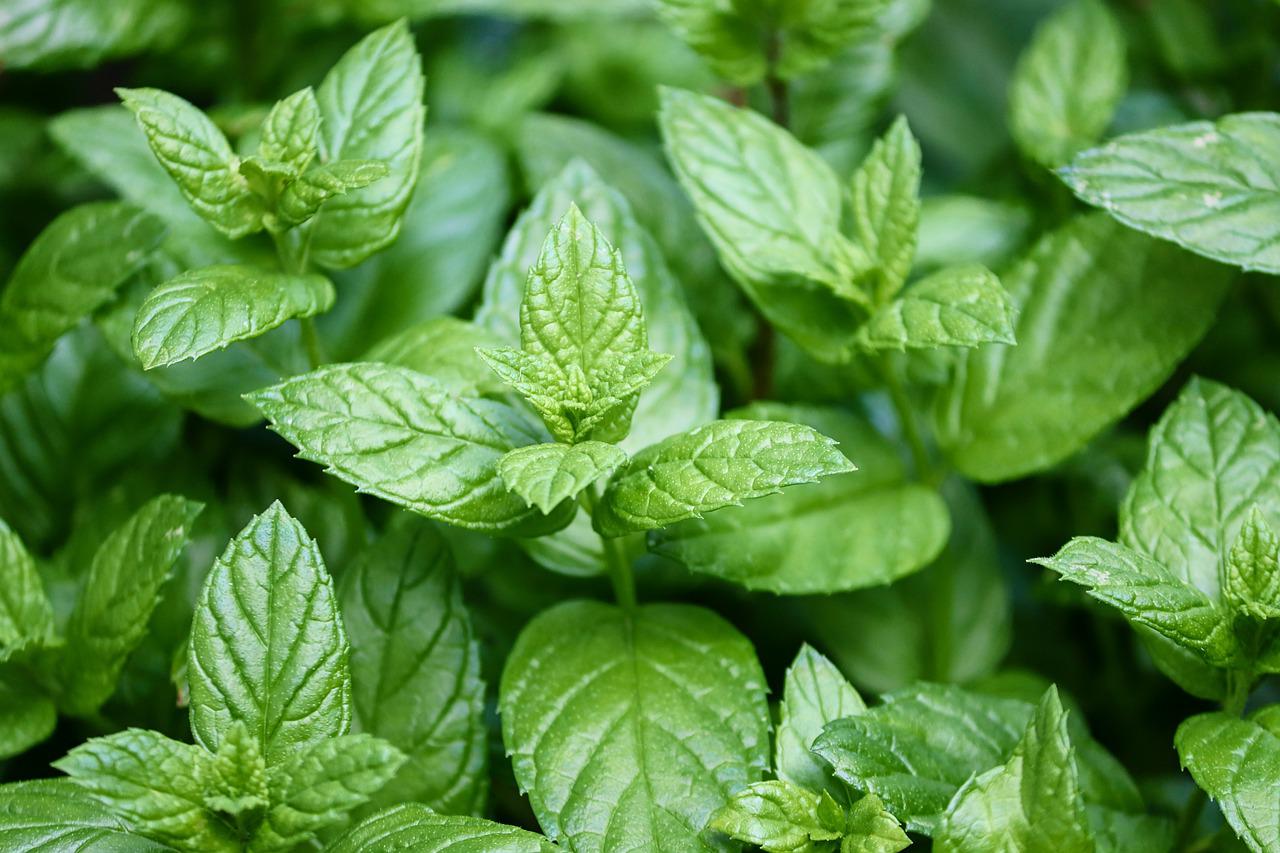
How To Get Rid Of Ants
Hello all,
If you want to get rid of ants. Spread raw grits on the ground (not instant grits, though).
Then, when the ants eat the grits and the drink water…They die.
I don’t know if it works for fire ants or not, however, it does work with regular ants though.
That’s interesting! I’ve never heard of using raw grits to get rid of ants, but it’s worth a try. I wonder if it works by expanding in their stomachs or if it has some other effect on them. I’ll have to give it a go and see if it works for me too.
Ants – You probably already know this one….dry yeast works also.
Another alternative to get rid of ants is using dry yeast? That’s a new one for me as well. I’ve heard of using cinnamon or vinegar, but never yeast. I wonder what it is about yeast that ants don’t like. I’ll definitely keep this in mind next time I have an ant problem.
Ant Bites
When I lived in Phoenix, AZ a few years ago an old Indian man told me the best remedy for fire ant bites is meat tenderizer (plain) with baking soda, you put equal amounts and a little bit of water to make a paste with it. It draws out the venom and helps with the itching. I had gotten bit by many of them while I was pregnant with my son. I itched for 2 weeks, met that man and within a day the swelling and itching was down. I also put bandaids over it to keep the pasty mixture on me.
Hope this helps some of you, Angela
Thanks for sharing your experience with fire ant bites! It’s always helpful to hear about natural remedies that have worked for others. The combination of meat tenderizer and baking soda seems like an interesting mix. I’ll have to keep this recipe in mind if I ever get bitten by fire ants.
Black Ants
Hi, I found that if I left some fresh garlic cloves broken-up on a paper towel, on the kitchen counter, right by where I’d see the ant’s coming down our kitchen wall, they seemed to disappear and I haven’t seen any since.
Garlic cloves as a deterrent for black ants? That’s a clever idea! I know that ants dislike strong-smelling substances, so it makes sense that garlic would repel them. Plus, it’s a natural and safe option to try. I’ll definitely give it a shot if I start seeing black ants in my kitchen.
Deter Ants
My young son and I discovered that ants do not like to cross chalk lines. To deter ants from entering our apartment building we drew a 1″ thick chalk barrier across the patio. Also, we thought maybe the reason ants didn’t like crossing chalk was that it was “sharp” to their tiny bodies—it is just ground up minerals.
We thought talc might have the same effect. We tried baby powder. The ants never came back. May have been a combination of the talc and the fragrance may have disguised their trail/food source.
Drawing a chalk barrier to deter ants is a unique and creative solution. I like how you and your son thought about the possible reasons why ants may not like crossing chalk lines. It’s possible that the texture or scent of the chalk is off-putting to them. And using baby powder as an alternative is a great idea too. I’ll have to give these methods a try and see if they work for me too. Thanks for sharing!